Poetic Mindfulness: Real People in Real Time
“Find the edges of your body.”
K. Iver’s instruction sounded simple. I thought about the faded, spice-red, velvet-like seat underneath me, my back leaning against its smooth, unforgiving wood backrest. The sensation of cool sweatpants falling over my knees and the warm plate of to-go dinner sitting on my lap became increasingly apparent. I stared at K with great intent and curiosity, waiting for their next words.
“Think about what’s in there.”
Less simple, but I tried and found the rest of the world was gone. I was irrevocably there, in that auditorium, with K. Iver and my peers and the dim lighting. I felt empty, in a way. Not in a “lack of” way but in a “I have space inside me” way. K’s reading went on to explore grief and identity, each word rolling into and around my psyche. As I walked out, I had a heightened awareness of where my body was in space, and I realized that K offered a unique invitation: a mindfulness exercise that gave me ownership of my physical self.
Mindfulness can be used in a variety of ways: managing mental health, practicing gratitude, being present, self-compassion. In all those iterations, it seems to be acknowledging what already exists, but what if we used mindfulness as a way to create something new?
Although mindfulness is not the purpose of K’s collection “A Short Film Starring My Beloved’s Red Bronco,” their writing meticulously observes the presence of bodies: where they sit, what they are doing, how they move. With this, I suggest a poetic mindfulness exercise that might inspire you the way K inspired me.
Step 1: Find a place to write.
It can be anywhere. You don’t even have to move from where you’re sitting right now. Writing a good poem doesn’t require a “poetic” environment, just careful observation.
Step 2: Think about what you are doing.
Seriously, what are you doing right now (besides writing a poem)? Are you people-watching on a bench in the park? Dangling your feet off the dock at the lake? Sinking into the corners of your sofa? What are your atoms doing? Where is your “somewhere”? Iver exemplifies this concept beautifully in “For Missy Who Never Got His New Name.”
Even more for the mole ending the day’s
burrow in your skull. I’m told your atoms
are still atoms. Somewhere you’re sitting
by a pool picking apart the physics
of swimming.
Step 3: Get more specific. Think deeper.
Take a look at “Short Film Starting My Beloved’s Living Body,” where atoms take a meticulous role in an image of the beloved’s body. Great poems don’t walk the outlines of imagery, they run face first into it.
...Look how awake you are. How the
facial bones move with perfect alignment under
the dermis.
Step 4. What does it sound like around you? Are you making sound?
The physical space your body occupies is in direct conversation with the physical presence of other entities, like soundwaves. Look at Iver’s “Boombox Ode: Enjoy the Silence.”
A landline lets me dance with you.
My one-deck and your two-deck
are dialed to 98.5 FM without
an echo. If we speak aloud
this miracle of fiber wire
and radio wave, harmony
could split. From our speakers:
soft synth, a baseline, a choir
reverbing, a guitar riff that rises
and falls, asks and answers. I can’t
see your movement, the bedroom
you’re quiet in.
Step 5. Think about taking inventory of what’s inside you, literally or emotionally. Even better, both.
No example here, it’s your truth to decide.
So, next time you want to write and don’t know where to start, think about your physical bounds. With practice it becomes easier to observe where you are and these noticings–even if they still express themselves in the same words–become richer each time. Suddenly, “almost-warm” air becomes the presence of each molecule embracing the surface of your cold skin. You will feel the weight of your pen in your fingertips and the sensation of its ballpoint against paper. I urge you, in K. Iver’s words, to “find the edges of your body. Think about what’s in there.” It opens a new world.
Written by Louisa Varni
Louisa Varni is a student-athlete at Smith College studying English Literature with a poetry concentration. Louisa enjoys connecting with friends in nature and writing lyrical prose on the “mundane” details of daily life.
